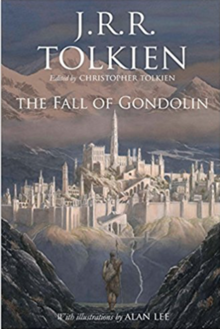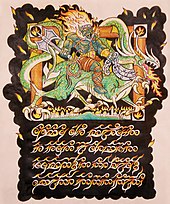| amazon link |
Brian D. McLaren giving an invite to reading his new book with him in an upcoming Homebrewed Christianity online reading group. Sign-up now and get a three-part video guide to the book & plan to spend four weeks with us going through the book. http://doistaychristian.com
* * * * * * *
Begin Again Podcast: Brian McLaren, Author of Do I Stay Christian?
Streamed live on Apr 5, 2022
Brian McLaren (http://brianmclaren.net) is the author of an upcoming book entitled, "Do I Stay Christian?" The book is broken up into three parts: No, Yes and How. It gives an honest look at the reasons why someone might want to leave Christianity, reasons why someone might want to stay, and some perspectives on how someone might choose to stay. So here is an interview about "Do I Stay Christian?" Enjoy! John Chaffee (http://johnchaffee.com) is a NJ native with 20 years of professional ministry background and two masters degrees turned professor/writer/holy fool. You can join his weekly email list by signing up at his website.
PS...Do I Stay Christian? Resources for you and your small groupYou may be interested in this excerpt from the book in the Daily Meditation from the Center for Action and Contemplation, of which I am honored to be a part:You’ll also find a three-part video guide to the book and an invitation to be part of a four-week online class and community HERE:This online course and community are a partnership with the amazing Tripp Fuller of Homebrewed Christianity … one of the really significant theological resources on the interwebs today.
- 9/11 - SESSION 1. Why?: The Crisis of Christian Identity
- 9/18 - SESSION 2. No!: Ten reasons not to stay Christian (or to think twice at least)
- 9/25 - SESSION 3. Yes: Ten reasons and ways to stay Christian (with your eyes wide open)
- 10/2 - SESSION 4. How?: Flipping the Question to How Am I Going to Live? (or What Kind of Human Do I Want to Be?)
Brian D. McLaren is an author, speaker, activist, and public theologian. A former college English teacher and pastor, he is a passionate advocate for “a new kind of Christianity” – just, generous, and working with people of all faiths for the common good. He is a faculty member of The Living School and podcaster with Learning How to See, which are part of the Center for Action and Contemplation. He is also an Auburn Senior Fellow and works closely with the Wild Goose Festival, the Fair Food Program, Vote Common Good, and Progressive Christianity. His recent projects include an illustrated children’s book (for all ages) called Cory and the Seventh Story and The Galapagos Islands: A Spiritual Journey, and Faith After Doubt. His newest book is Do I Stay Christian? and we are going to read it together.
Dr. Fuller is a Postdoctoral Research Fellow in Theology & Science at the University of Edinburgh. He recently released Divine Self-Investment: a Constructive Open and Relational Christology, the first book in the Studies in Open and Relational Theology series. For over 14 years Tripp has been doing the Homebrewed Christianity podcast (think on-demand internet radio) where he interviews different scholars about their work so you can get nerdy in traffic, on the treadmill, or doing the dishes. Last year it had over 4 million downloads. It also inspired a book series with Fortress Press called the Homebrewed Christianity Guides to... topics like God, Jesus, Spirit, Church History, etc. Tripp is a very committed and (some of his friends think overly ) engaged Lakers fan and takes Star Wars and Lord of the Rings very seriously.
Brian's Podcast - "Learning How to See"
https://cac.org/podcast/learning-how-to-see/
Brian just launched the third season of his podcast Learning How to See. This season is informed by Do I Stay Christian?, and will challenge listeners to relearn how they see Christianity by embracing exploration over-explanation and dialogue over dogma.
Brian McLaren joins Tripp to discuss his new book & the upcoming online reading group for "Do I Stay Christian?" You can get access to a 3 session video guide to the book when you join the class now.
the Book: https://amzn.to/3wAWHptthe Class: http://doistaychristian.com
Dr. Cobb taught theology at the Claremont School of Theology from 1958 to 1990. In 2014 he became the first theologian elected to the prestigious American Academy of Arts and Sciences for his interdisciplinary work in ecology, economics, and biology. He has published over 30 books including the first full-length text in eco-philosophy. I am thrilled to have John Cobb joining me for a 6-week class introducing Process Theology. This open online class is donation-based (including 0), so feel the lure and come nerd out with my favorite living theologian. http://www.ChristianityInProcess.com
* * * * * *
ADDITIONAL VIDEOS
On Todays Episode I sit down with Brian McLaren to talk about his new upcoming titled called "Do I Stay Christian?" It was a great conversation all around a question that many people find themselves asking.


.jpg)









































